Maytag 4.2 cu. ft. High-Efficiency White Top Load Washing Machine with Deep Water Wash and PowerWash Cycle
Cost Powerful Cleaning in its Class driven by PowerWash® cycle. Pairs best with Electric MEDC465HW or Gas MGDC465HW Dryer(s). The POWERWASH agitator delivers efficient and robust wash action.
Better built for the Most Powerful Cleaning in its class driven by the PowerWash cycle, this 4.2 cu. ft. capacity top load washer tackles both stubborn stains and crusted-on messes. For more water when you want it, the Deep-Water Wash option offers a maximum fill to help rinse away soils, while the PowerWash agitator provides concentrated cleaning and robust wash action to remove tough stains. Plus, the Deep Rinse option on this high efficiency washer helps eliminate excess detergent and fabric softener to ensure the ultimate clean for every load. Add a 10-year limited parts warranty on the drive motor and wash basket and you’ve got the power to clean tough loads for the long haul.
- 4.2 cu. ft. capacity to tackle your toughest loads
- Stainless steel wash basket is designed for years of serious stain fighting with sturdy materials built for the long haul
- Thoroughly clean clothes and rinse away excess detergent and fabric softener with the Deep Rinse option
- For more water when you want it, choose the Deep Water Wash option to fill the wash basket with a maximum water level
- PowerWash cycle helps fight stains with extra wash action, heated water, extended wash time, and a thorough rinse
- 11 wash cycles, including bulky/sheets, clean washer, cold wash, drain and spin, hand wash, normal, PowerWash, rinse and spin soak whites and wrinkle control ensure that your expensive fabrics get the special care they deserve
- Electronic controls promote dependable cleaning performance by ensuring correct water temperatures
- Adjustable soil levels and spin speed settings allow you to customize wash cycles to provide exceptional fabric care
- Automatic load sensing technology uses sensors to regulate the amount of water based on the size of the load
- Keep your washer delivering its best performance with the Clean Washer cycle that deep fills the washer to clean even those areas that aren’t normally reached by low-water wash cycles
- Backed by our 10-year limited parts warranty
- Fight everyday stubborn stains with the Auto Sensing option, which adjusts the water level for each load to provide efficient, concentrated cleaning
- Get the extra space you need and wash nearly two baskets of laundry in one load with this 4.2 cu. ft. capacity washer
- Advanced Vibration Control Plus features two ball bearing balancing rings, a 6point suspension system and advanced software that help to stabilize loads, so you can wash loads of nearly any size without worrying about vibration
Additional information
| Capacity - Washer (cu. ft.) | 4.2 |
|---|---|
| Height With Lid Open 90 Degrees (In) | 51.25 |
| Product Depth x Height x Width (in.) | 28 x 42.75 x 27.25 |
| Certifications and Listings | UL Listed |
| Manufacturer Warranty | 10 Year Limited part warranty |

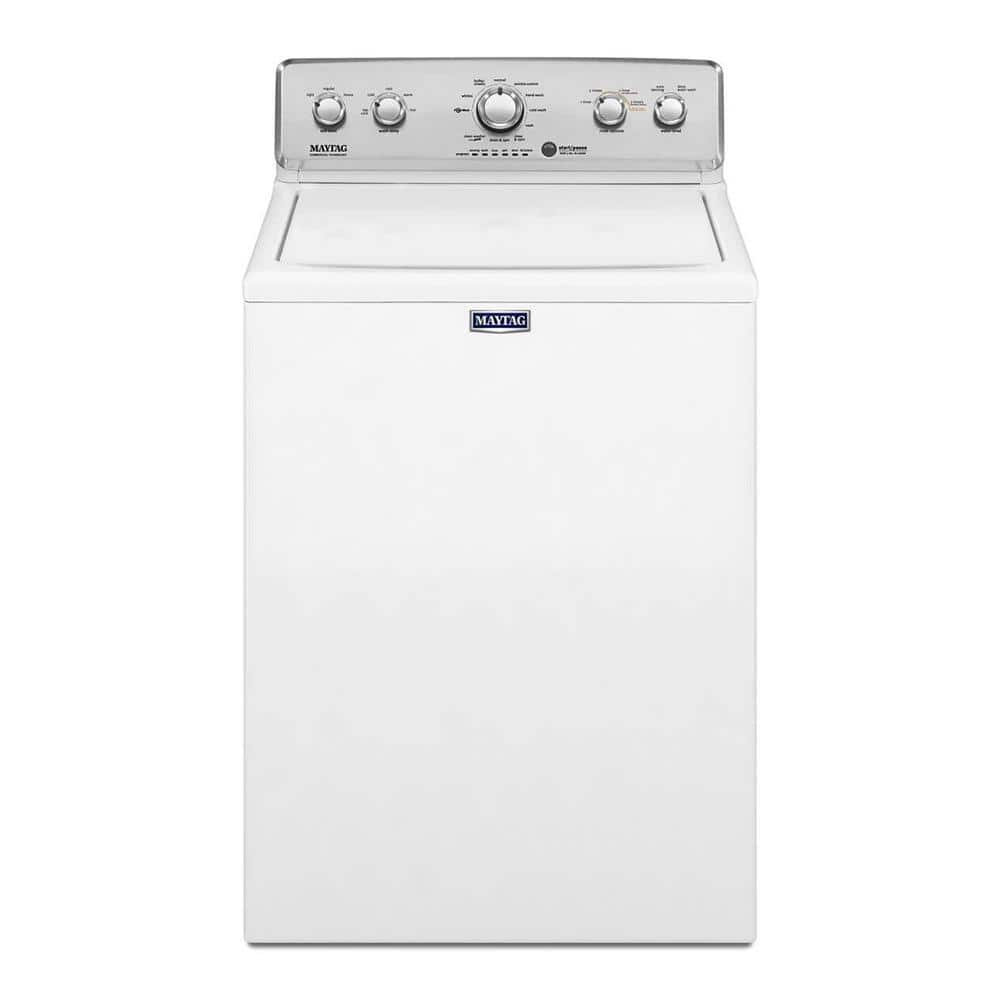
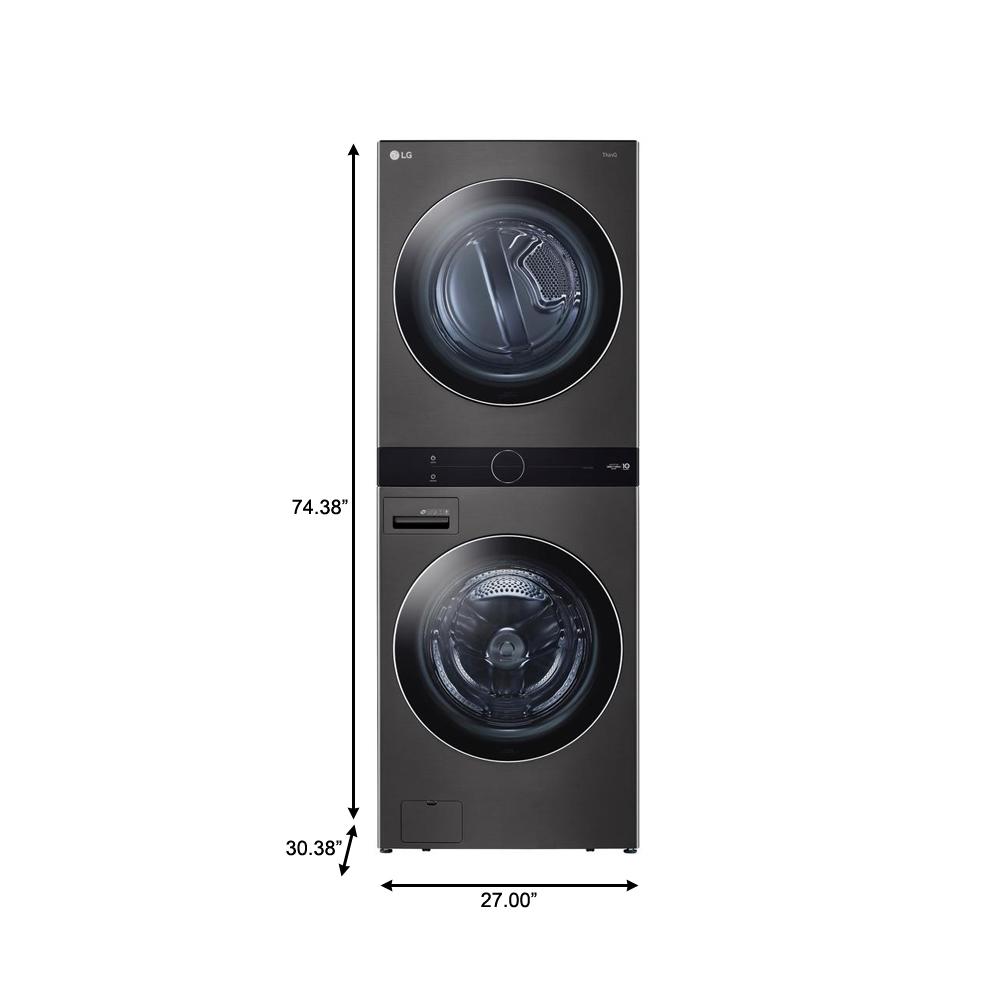
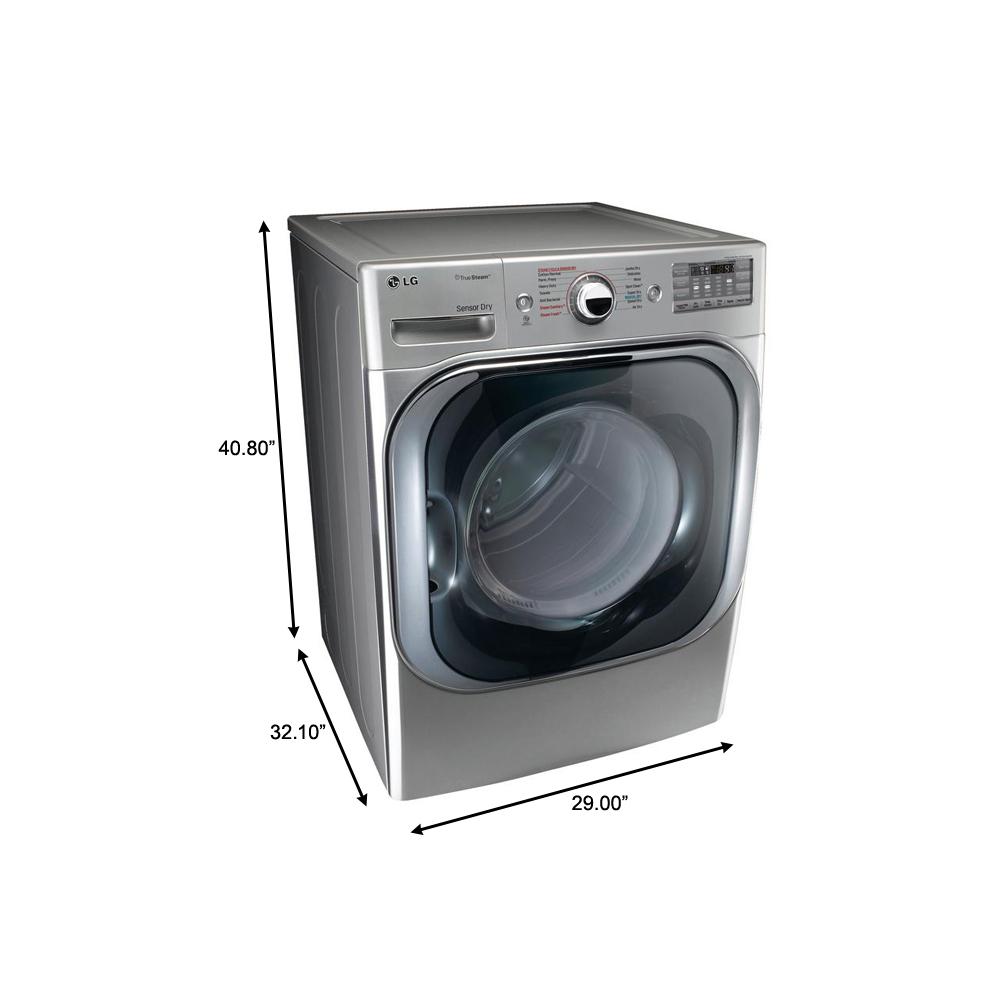
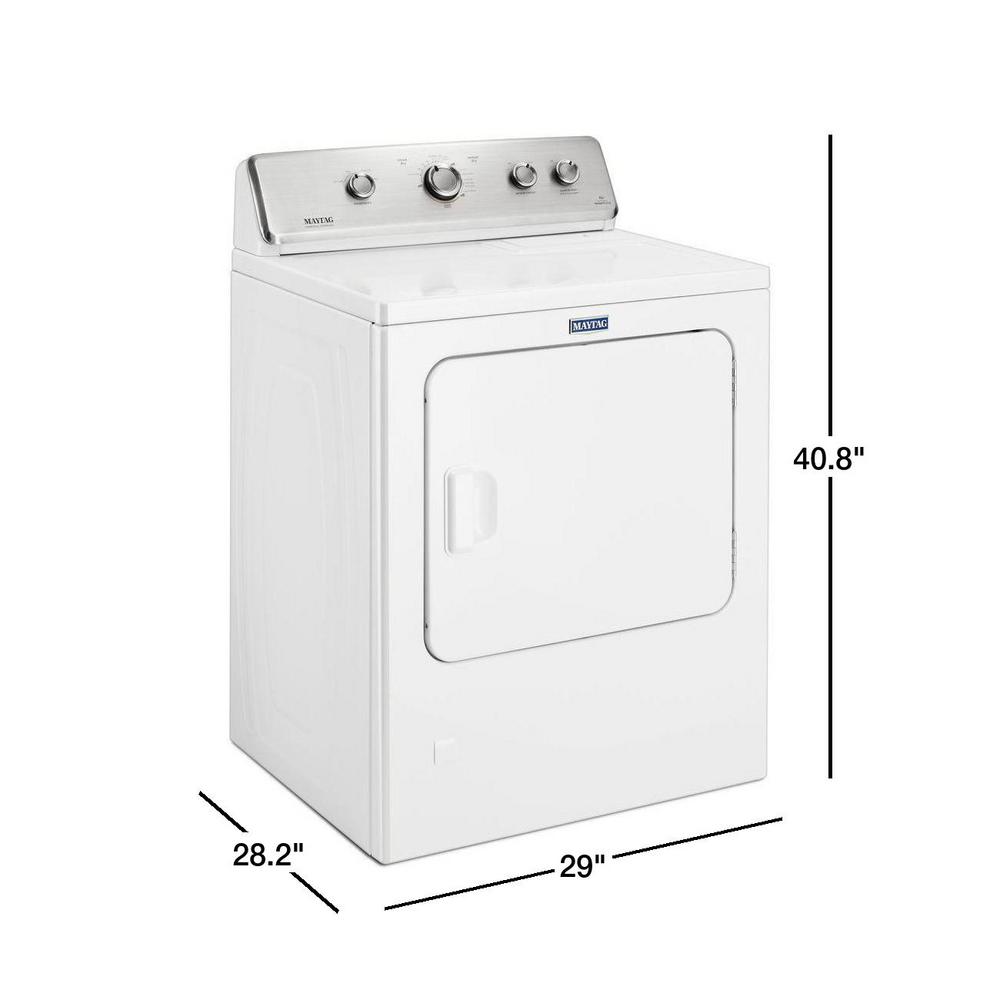
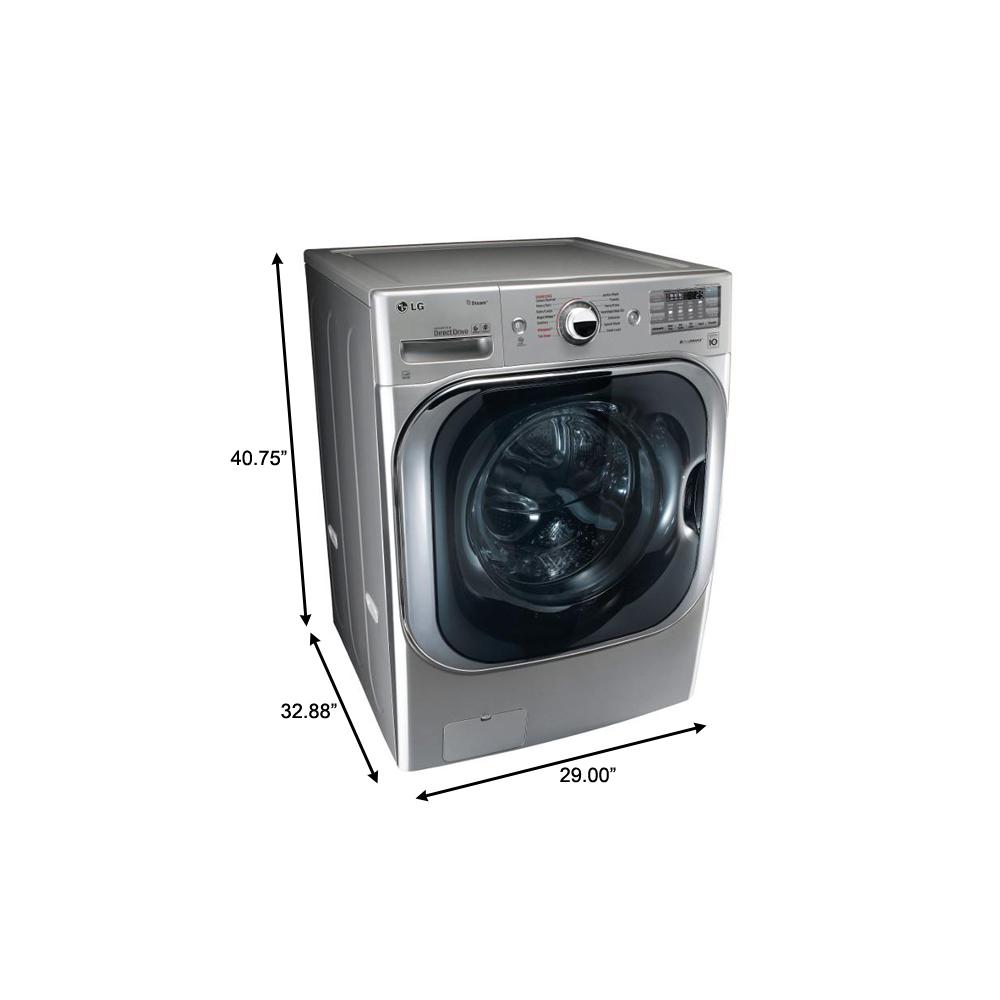
by Chief
Very good product for the price.
by Deere
This washer has a very large tub, which I love. A nice selection of cycles. I had my old washer for 18 years, so have to get used to the technological changes. One thing that could use improvement is the user manual. It’s very sparse on information.
by Debbie
Love it ! It’s the perfect size for us!
by Marcia
I love the feature that chooses the water level automatically. I replaced a 23 yr old Maytag with this one. No comparison! Maytag has made so many improvements over the years.